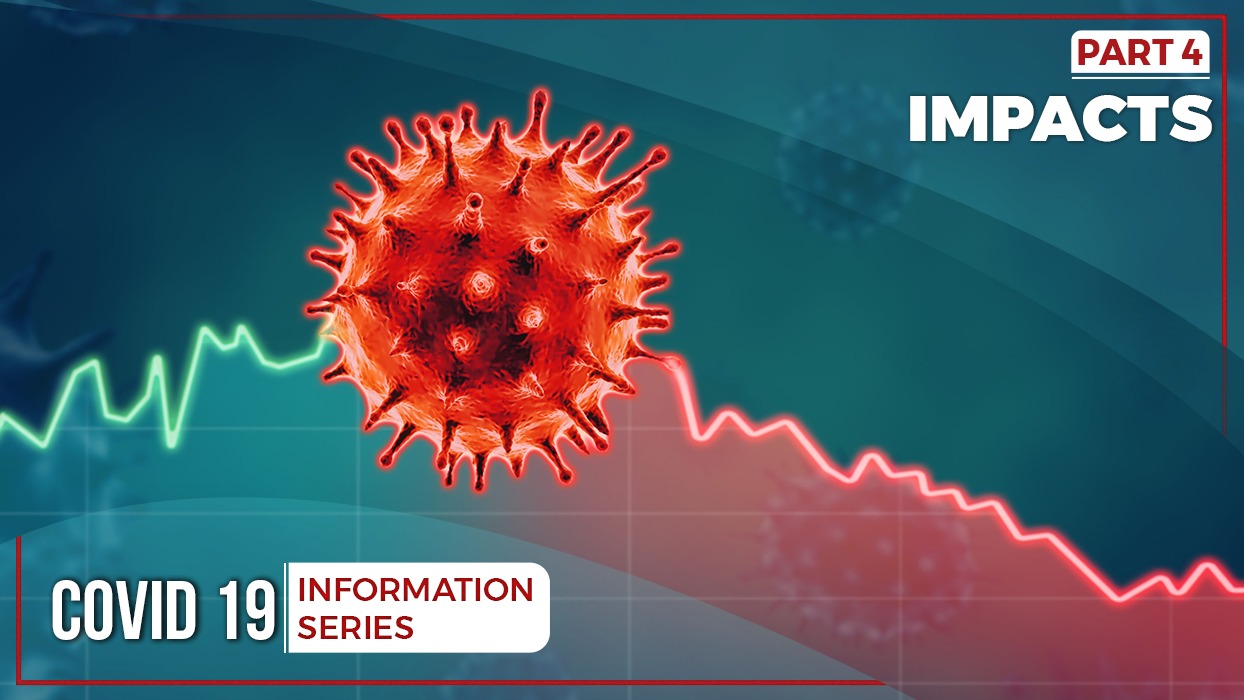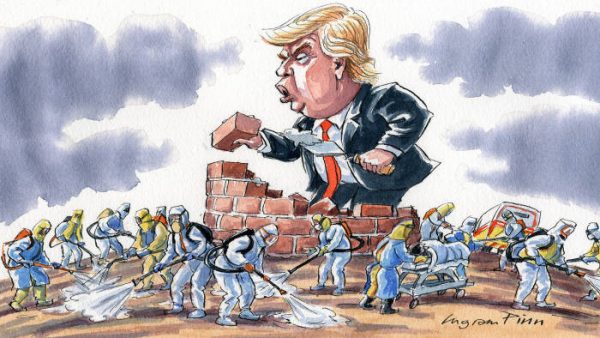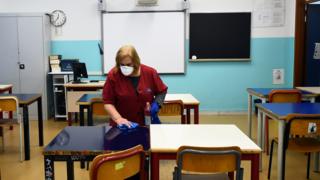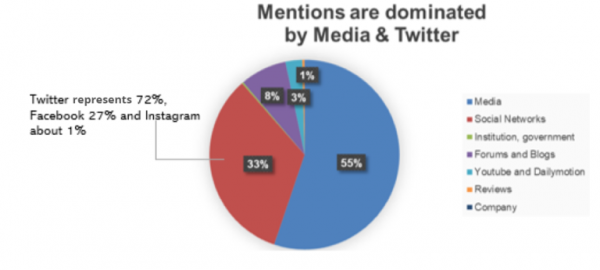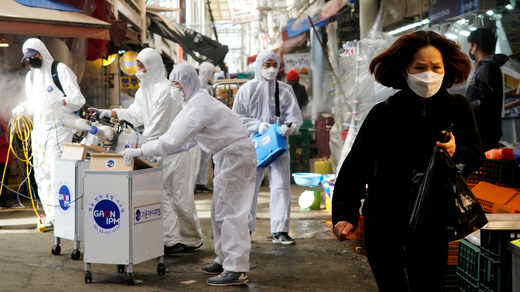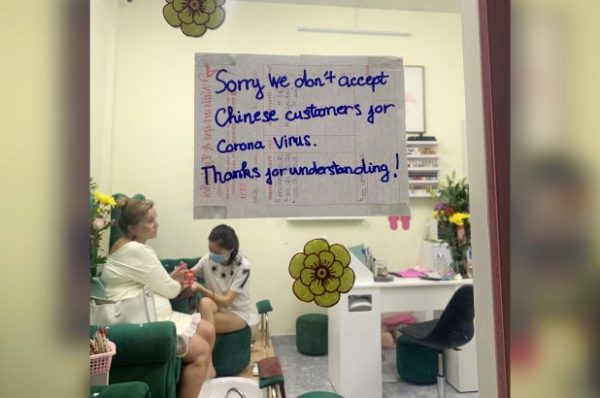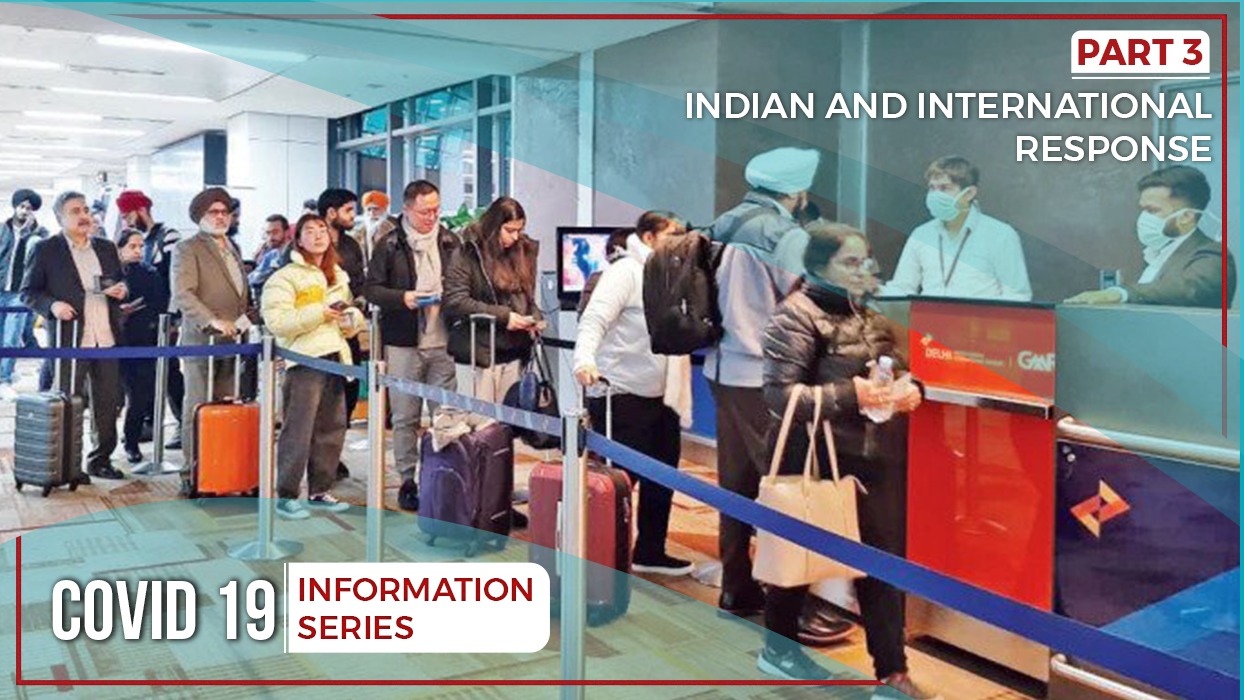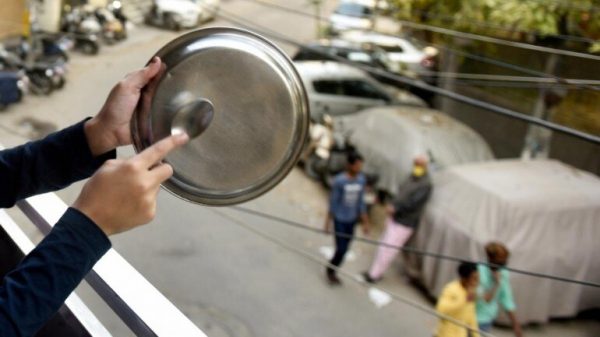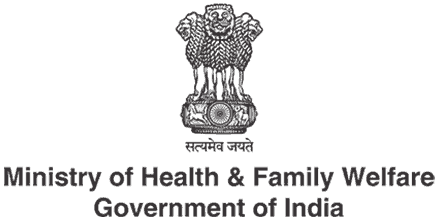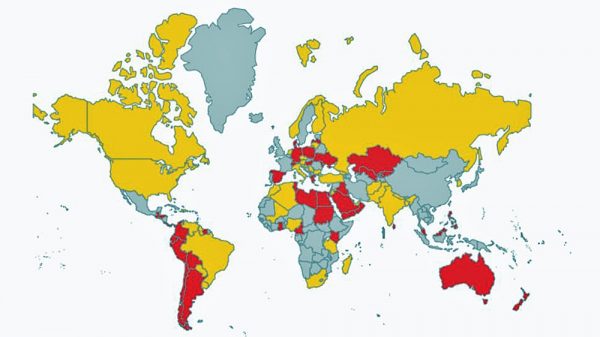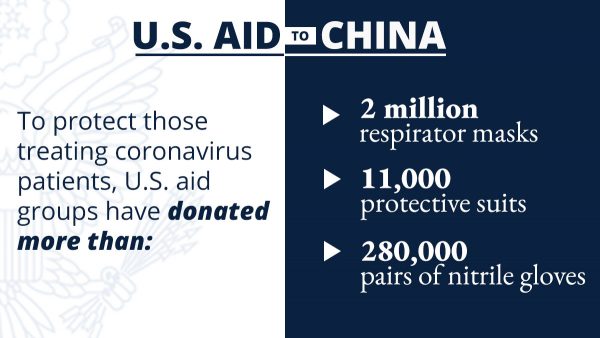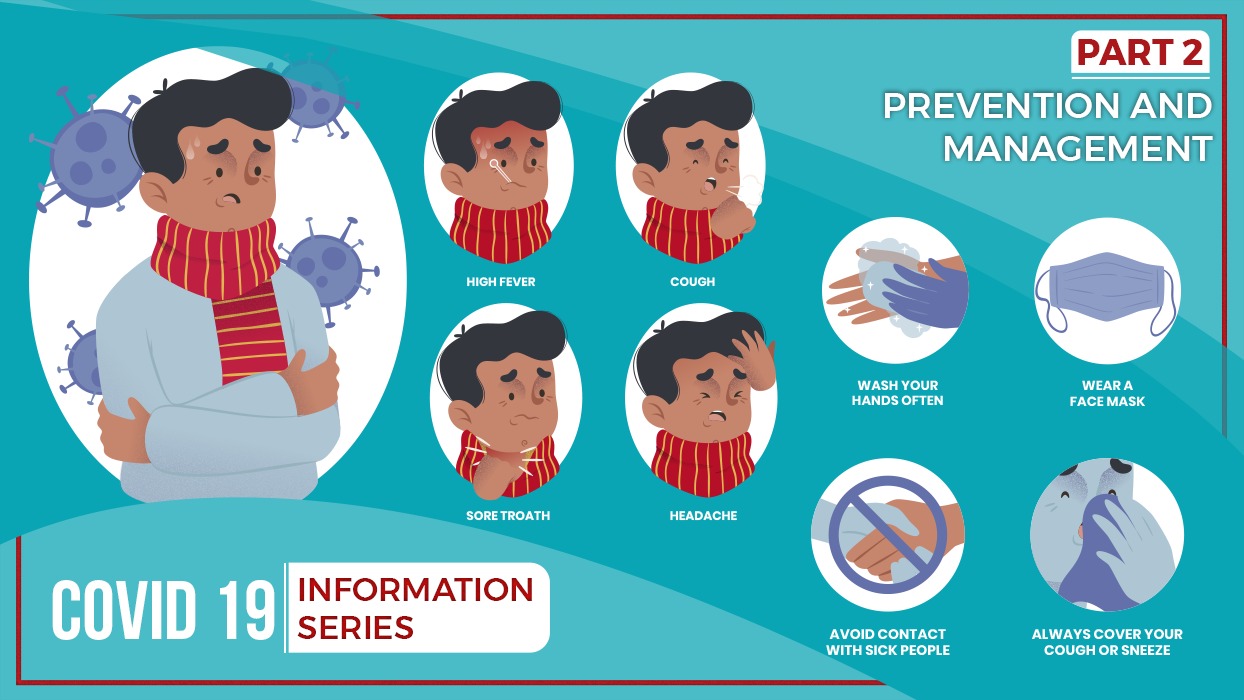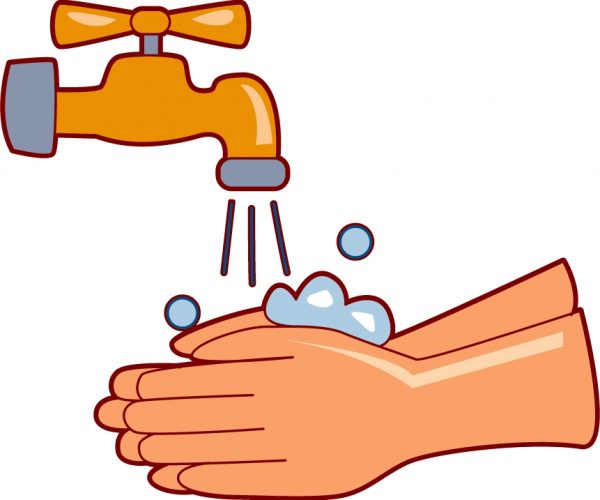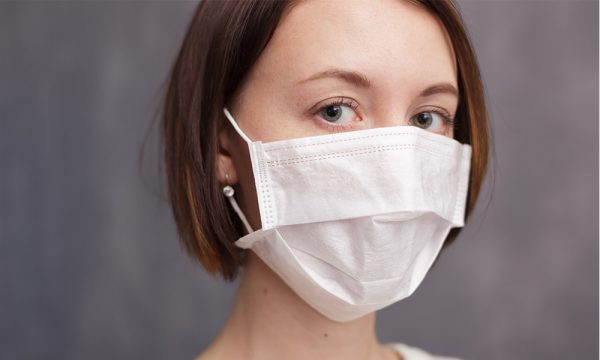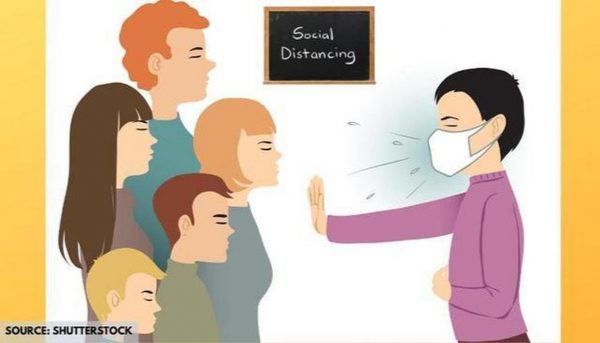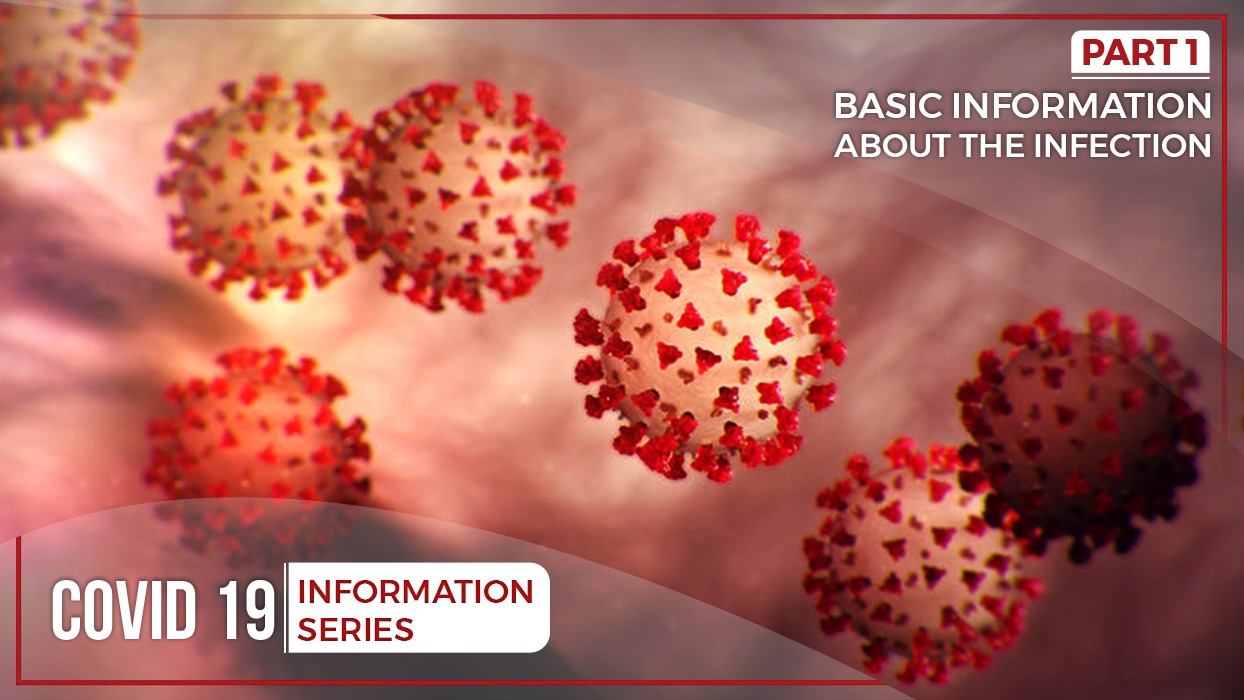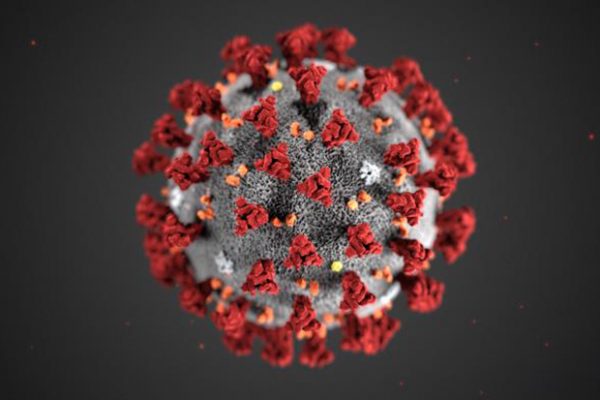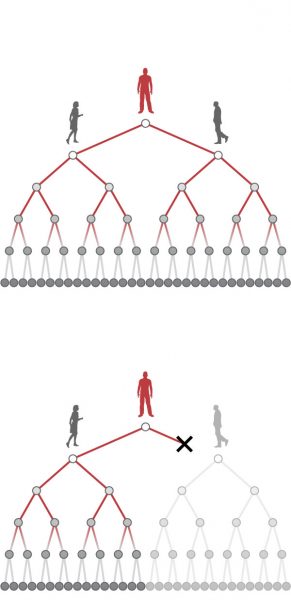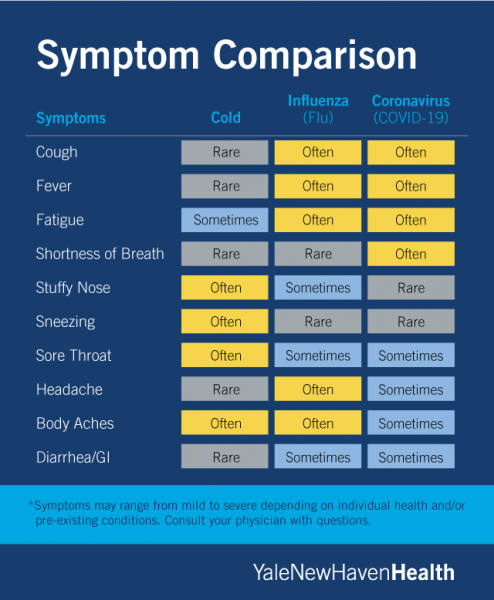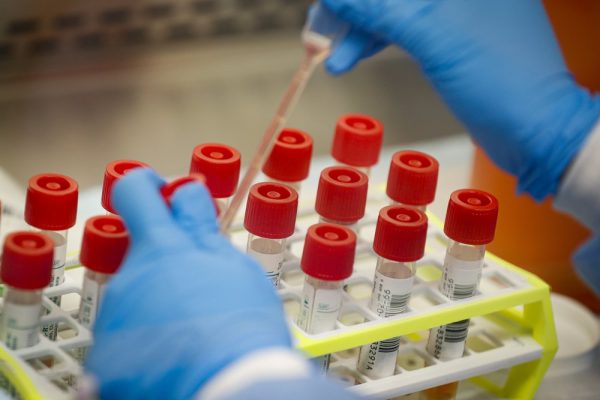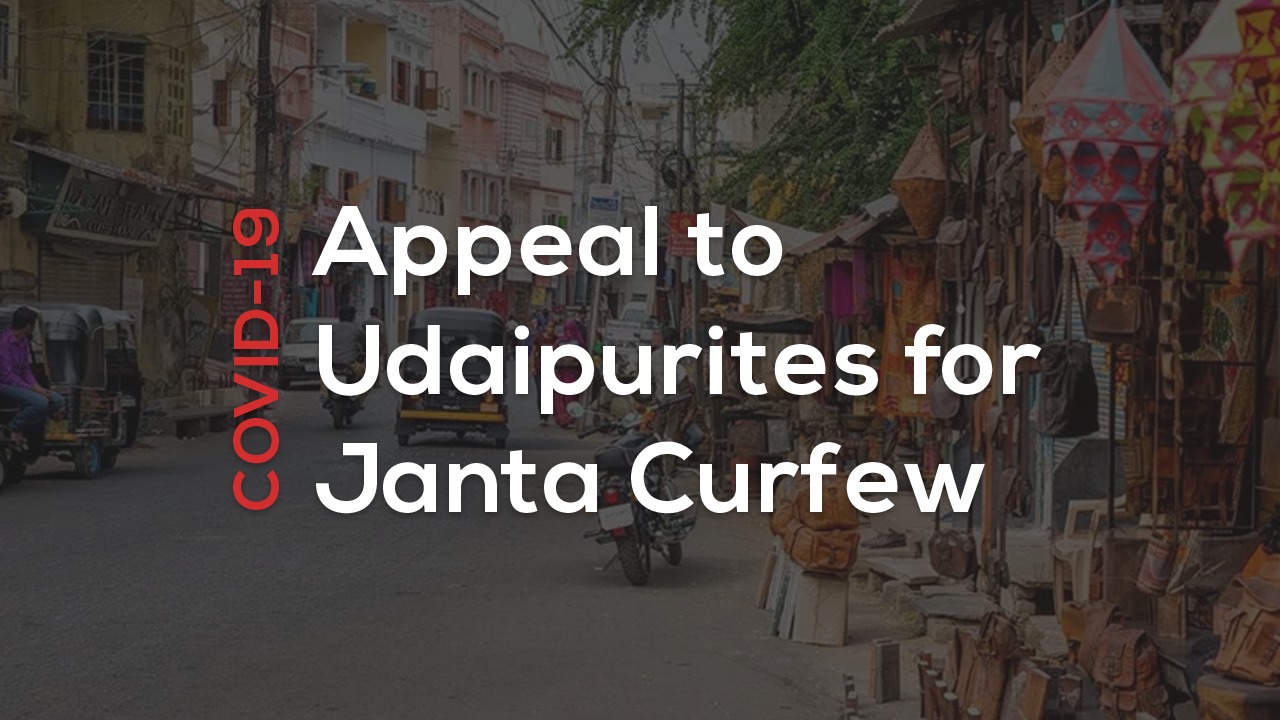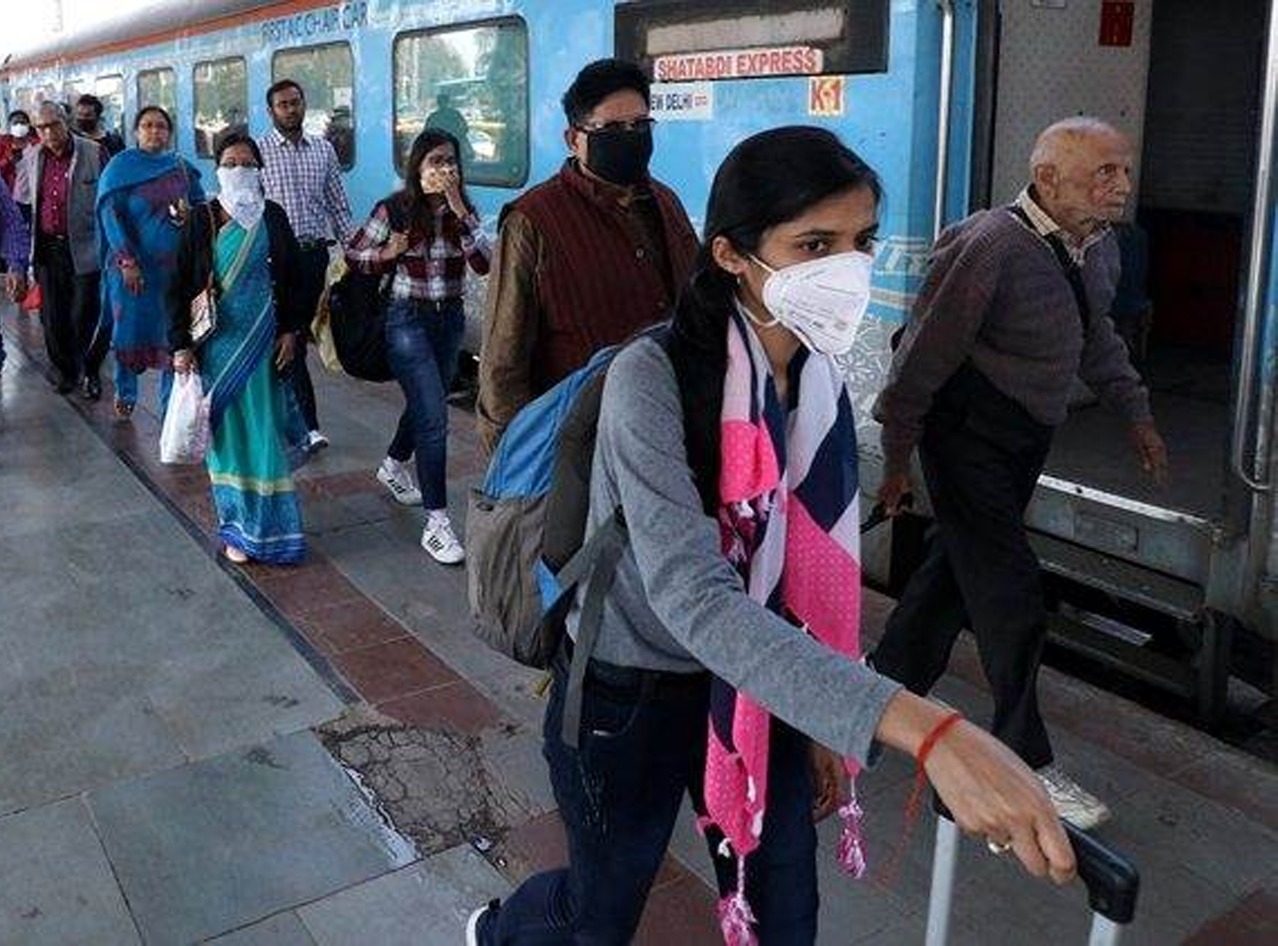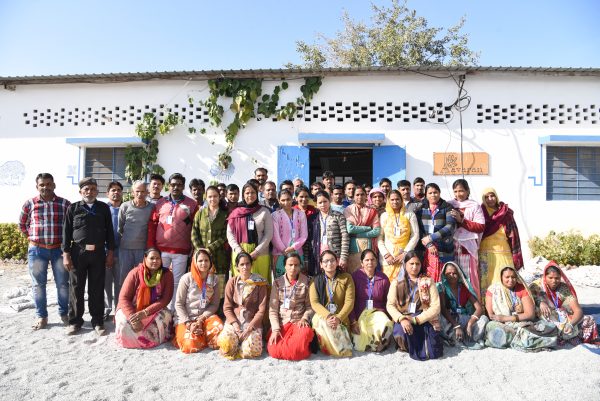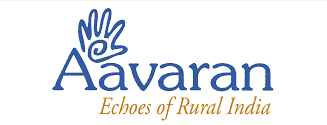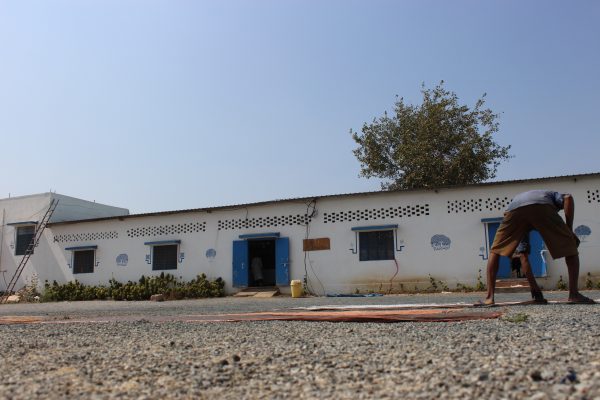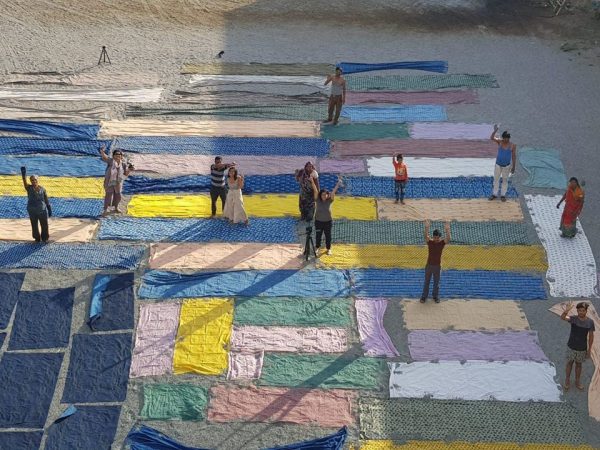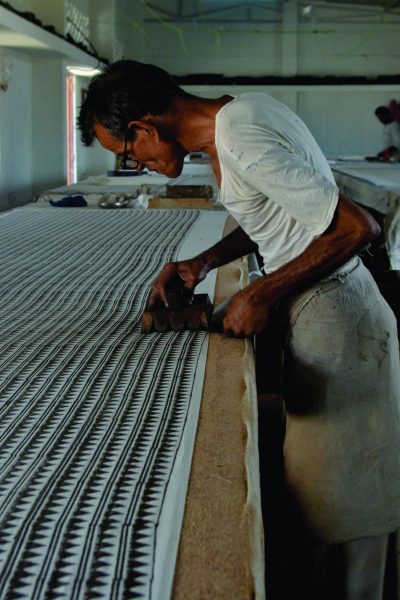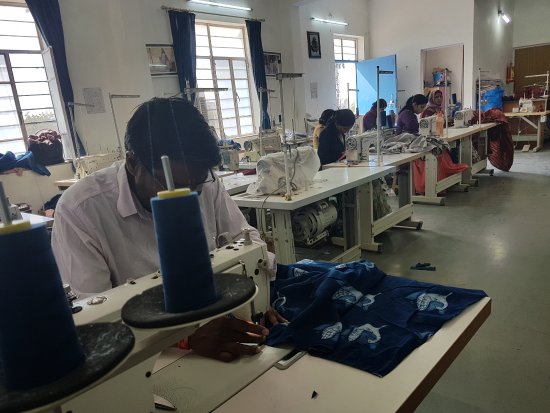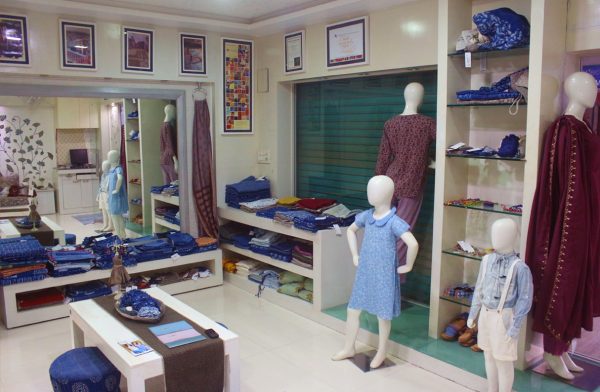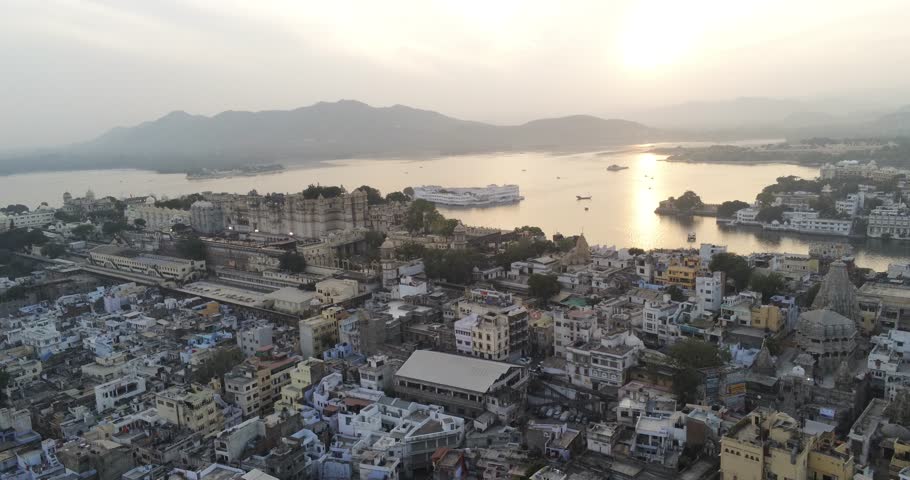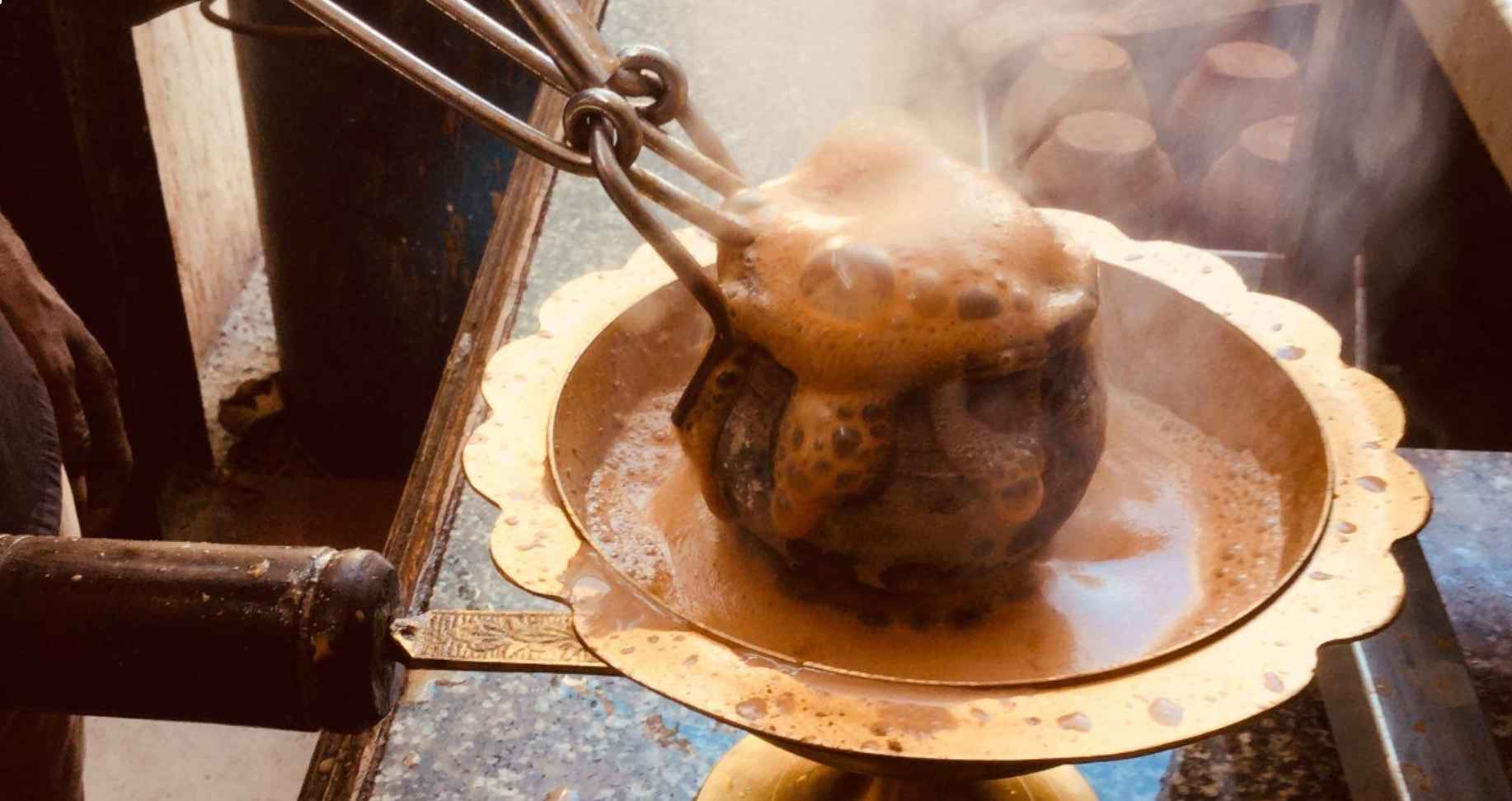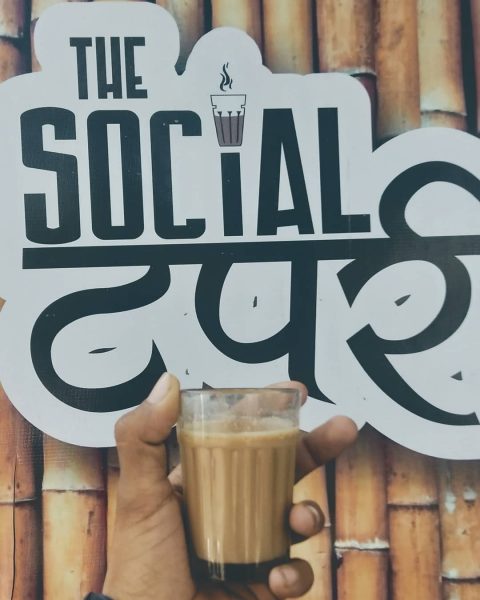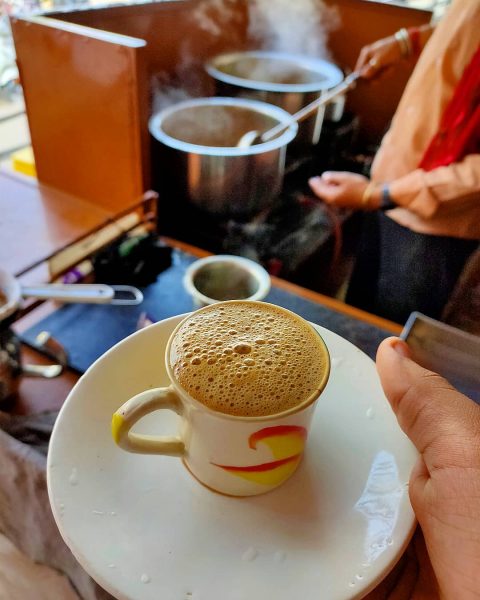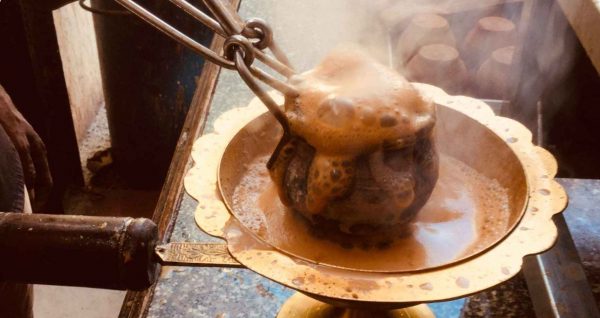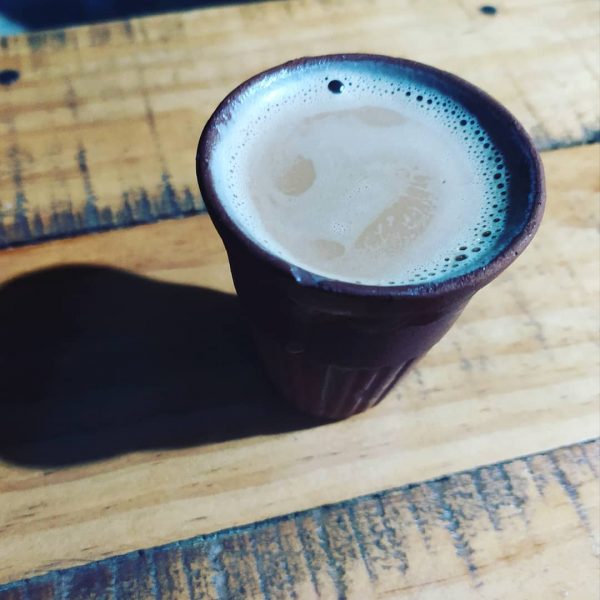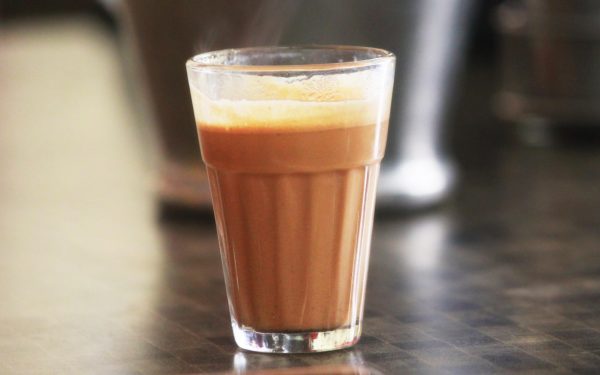The next in the COVID-19 series are the Top 10 Myth Busters about Coronavirus (COVID-19).
Ordering products from China can get you in contact with Coronavirus (COVID-19)
It’s completely false, as the virus doesn’t have a long life on surfaces. So it’s very unlikely to catch the infection just by the product that’s been shipped from an affected country.

People infected with Coronavirus (COVID-19) will die
It’s another very common myth which revolves around the virus. The death rate of Coronavirus (COVID 19) is just 2% and people who are infected with it will feel similar to the common cold.
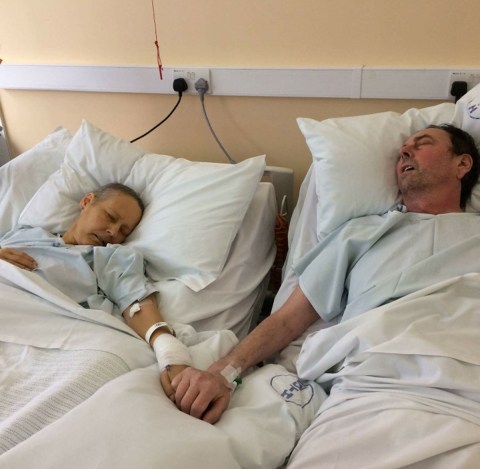
Face Mask will safeguard you against Coronavirus (COVID-19)
It is definitely a myth as face (surgical) mask should only be worn by the professionals who are treating the infected patients and the infected people themselves. If a normal person wears it, it won’t be any good as chances of catching the virus in the space between mouth and mask is vulnerable too.
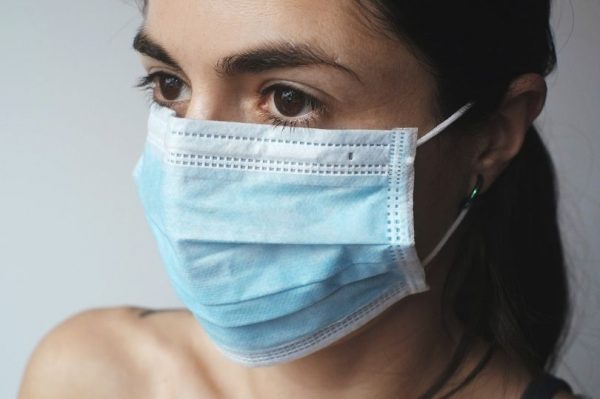
Pneumonia vaccines protect against Coronavirus (COVID-19)
COVID-19 is a new and different kind of virus in the Coronavirus group. Pneumonia vaccines don’t protect against COVID-19. Specific vaccine for COVID-19 is being developed by researchers all over the world with the help of the World Health Organization.
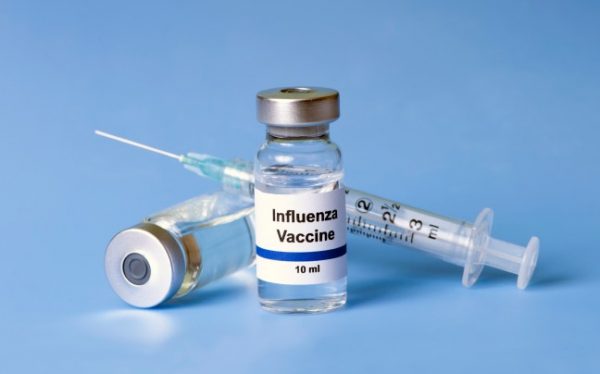
Gargling and/or mouthwash protects against Coronavirus (COVID-19)
There has been no clear and scientific evidence for it. Mouthwash only helps us eliminate certain kinds of microbes from the saliva in the mouth, not viruses like COVID-19.

Pets (dogs and cats) are carriers of Coronavirus (COVID-19)
No clear evidence has been stated yet. Even though it’s recommended by the doctor to properly wash hands after coming in contact with them. Also making them take regular baths so as to remove any microbes or viruses they are carrying on their fur (skin).

Antibiotics can prevent the spread of Coronavirus (COVID-19)
Antibiotics are medicines which fight bacteria. As the name suggests Coronavirus (COVID-19) is a kind of virus. Therefore any type of antibiotic won’t work against Coronavirus (COVID-19).

Elderlies and kids are more vulnerable to Coronavirus (COVID-19)
All age groups are likely to catch this virus. The only reason elderly and kids are asked to take more care is because they have a weak or underdeveloped immune system which isn’t strong enough to fight off Coronavirus (COVID 19). Also, those with underlying medical conditions such as asthma, heart diseases, diabetes etc are also more vulnerable to the virus.
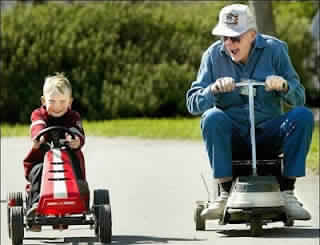
Coronavirus (COVID-19) is an airborne infection
It’s completely false as Coronavirus (COVID-19) is an infection which is spread by respiratory droplets exhaled while coughing and/or sneezing. There is higher proximity of catching the virus in the close proximity with the droplets.
Eating garlic can prevent Coronavirus (COVID 19)
Even though Garlic is very healthy and may have many anti-microbe properties, preventing Coronavirus (COVID-19) isn’t just one of them.

This was all for the COVID-19: Information Series.
Thanks for supporting the initiative so much.
If you’ve any suggestions or queries please mail it to harshna@vivirmedia.com

